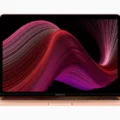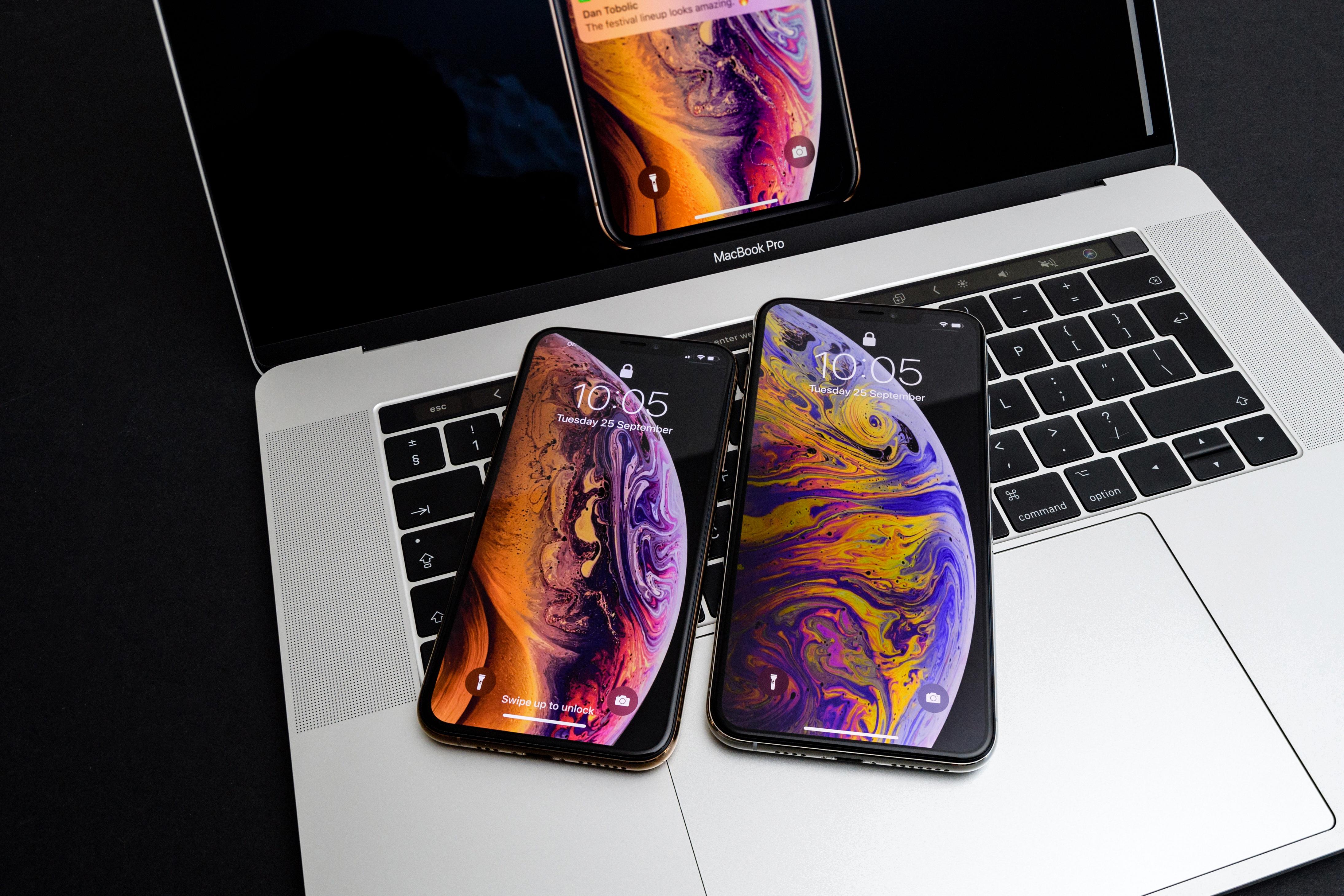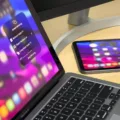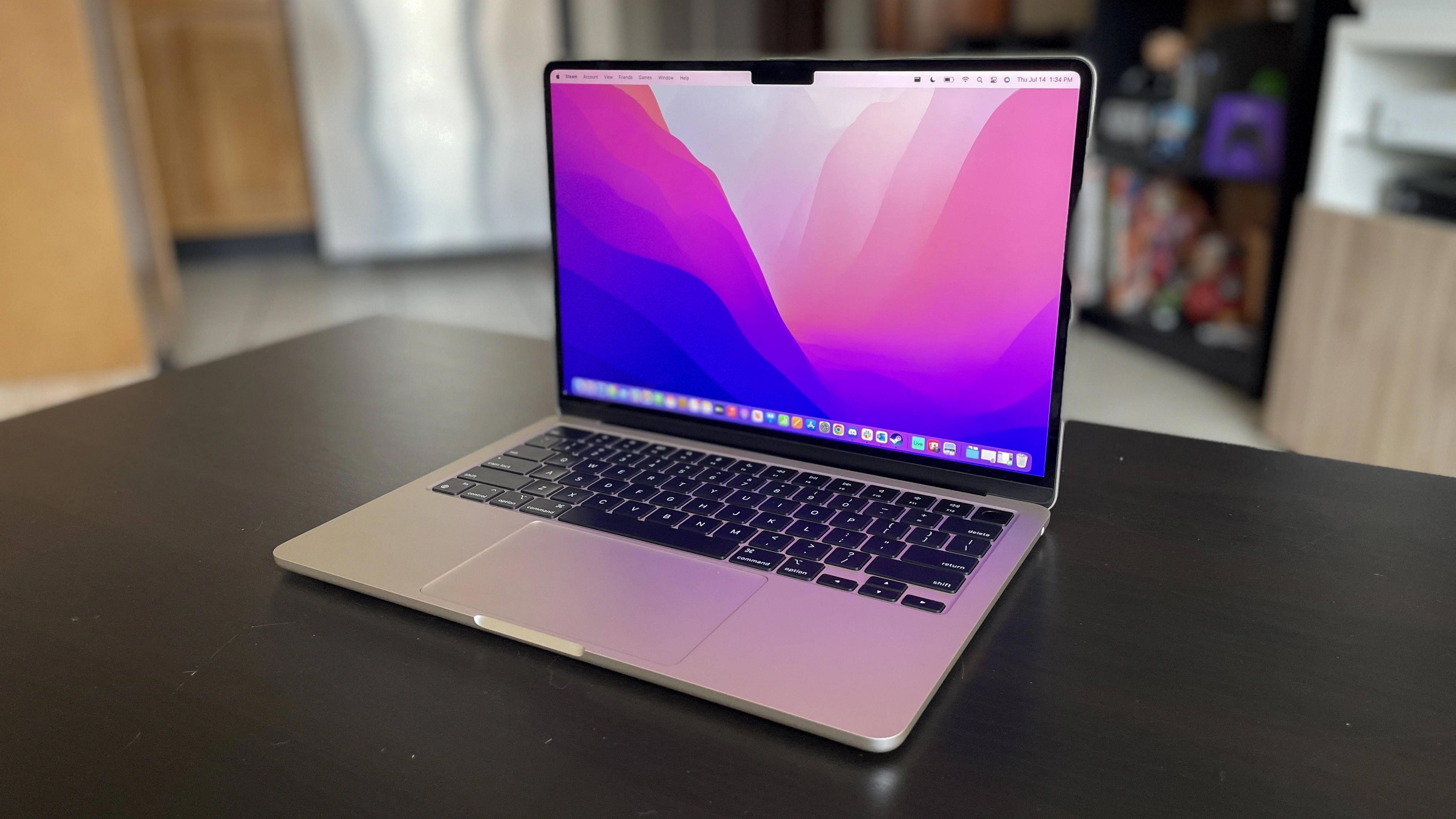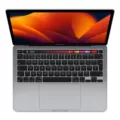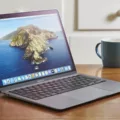If you’re having trouble charging your MacBook Air, you’re not alone. Many users have reported issues with their device not taking a charge. Fortunately, tere are some troubleshooting steps you can take to try and fix the problem.
First, make sure that your charger is plugged in correctly and has power. If it’s plugged in but still not charging, try using another outlet or power strip. If that doesn’t work, try a different power adapter or USB-C cable to see if the issue is with the cable or adapter itself.
If none of these steps solve the problem, then it may be a hardware issue. In this case, you should take your laptop to an authorized Apple repair shop or store for inspection and repair. They will be able to diagnose the issue and determine if any parts need to be replaced or repaired.
If your MacBook Air is still under warranty, you may be eligible for a free repair or replacement depending on the age of the device and type of issue. If not, AppleCare+ may provide coverage depending on the severity of the issue – so it’s worth loking into before spending money on repairs yourself.
No matter what your diagnosis turns out to be, remember that there’s always help available if you need it – from Apple stores, authorized repair shops and even online support forums where other users can offer advice based on their experiences with similar issues.
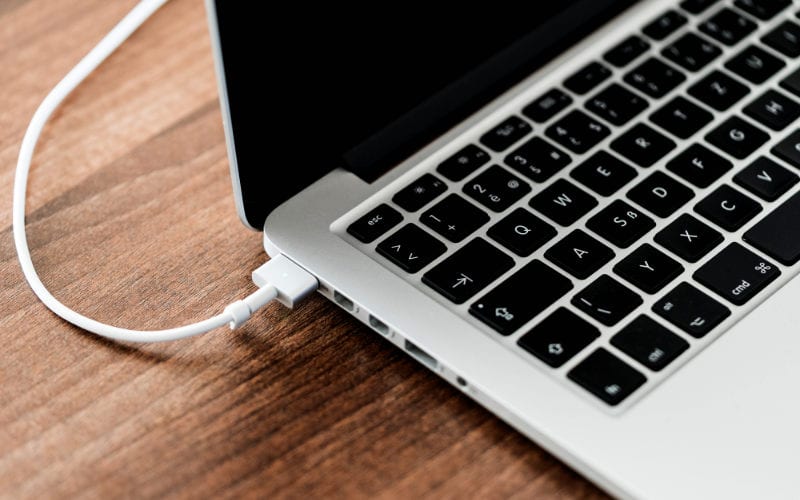
Troubleshooting MacBook Air Not Charging Despite Being Plugged In
Your MacBook Air may not be charging because the battery is at or near full capacity. To extend the life of your battery, your computer may pause charging when it reaches a certain level. Alternatively, you may need to check your power adapter and port for any damage that could be causing the issue. To make sure your computer is receiving power, try plugging it into a different outlet or usig a different power adapter. If you have an Intel-based Mac, you can turn off battery health management in Energy Saver preferences to immediately resume charging.
Troubleshooting a MacBook Air Charger That Won’t Charge
To fix a MacBook Air charger that won’t charge, start by making sure the USB-C port on the power adapter and the USB-C connector are clear of any debris. Once you’ve verified that they are both clean, restart your Mac. Next, connect the USB-C power adapter to the wall outlet, connect the USB-C to MagSafe 3 Cable to the power adapter and to your Mac. Finally, try charging again and see if it works. If it still doesn’t work, then you may need to get a new charger or have it serviced by an Apple technician.
Forcing a MacBook Air to Charge
To force your MacBook Air to charge, start by connecting the charger to your laptop and an outlet. Once the charger is connected, click the Battery icon from the top-right corner of your screen and choose the “Charge to Full Now” option. If you don’t see it, hold the Option key while clicking the battery icon from the menu bar. This will force your laptop to begin charging to full capacity. If you are not seeing any charging at all, try a differet outlet or a different power cord as this may be due to a faulty connection or faulty power source. You can also reset your SMC (System Management Controller) by shutting down your laptop first and then holding Shift + Control + Option on the left side of the keyboard along with pressing the power button simultaneously for 10 seconds. After that, release all keys and turn on your laptop again. This should resolve any issues with charging on your device.
Troubleshooting Mac Charging Issues
There are a few possible reasons why your Mac has stopped charging. It could be due to a faulty power cable, incorrect system settings, or dust and dirt in the charging port. It’s also possible that the battery itself is malfunctioning and needs to be replaced. To determine the exact cause, you should check the power cable, charging port, and system settings first. If these don’t appear to be the source of the problem, then you should try replacing your battery or contact Apple Support for further assistance.
Resetting a MacBook Air Battery
To reset your MacBook Air battery, you’ll need to first remove the battery from your device. Once removed, press and hold the power button for five seconds. This will discharge any residual energy left in the battery. After five seconds have passed, reinsert the battery into your device and turn it back on. This should reset your MacBook Air’s battery and restore its full capacity.
Troubleshooting Battery Charging Issues
There are several potential reasons why your laptop battery may not be charging when plugged in. It could be due to a faulty motherboard, damaged charging circuits, or malfunctioning battery sensors. Additionally, it’s possible that the power adapter is not providing sufficient voltage or the battery itself has reached the end of its life and needs to be replaced. If you’ve already trid replacing the power adapter and still have the issue, then contacting a tech support operator for further diagnosis would be recommended.
Troubleshooting MacBook Pro Charging Issues
If your MacBook Pro isn’t charging when plugged in, it’s likely due to an issue with the charger or cable, or a problem with the internal battery. To determine if the problem is with the charger or cable, try using a different one to see if it charges. If that doesn’t work, then the issue may be within the internal battery. In this case, you should take your MacBook Pro to an Apple Store or authorized service provider for further diagnosis and repair.
Cleaning a Mac Charging Port
To clean your Mac’s charging port, start by unplugging the power cable from the laptop. Then use a dry, clean toothbrush or cotton swab to gently brush away any dust or debris that may have accumulated around the port and its surrounding areas. Avoid using any liquids or sprays on the open connections, as this could cause damage. Also, avoid using metal objects such as paperclips inside the port itself to avoid damaging the delicate connectors. Once you’re done, plug in your power cable and you shold be good to go!
Time Required for MacBook Air to Turn On After Shutting Down
It typically takes between 10 and 15 minutes for a MacBook Air to turn on after it has died. First, make sure the battery is charged by plugging the laptop into an outlet and waiting at least 10 minutes. During this time, the MacBook may display a black screen, which is normal. After 10 minutes have passed, try turning on the Mac again and it should be up and running.
Removability of MacBook Air Battery
Yes, the battery in a MacBook Air Retina model is removable. However, Apple recommends that the battery only be replaced by an Apple certified professional. An iFixit teardown of the MacBook Air confirms that it was designed to be removable, and may require specialized tools to do so safely and correctly.
Identifying a Bad Laptop Battery or Charger
It is important to check if your laptop battery or charger is bad, as this can affect the performance of your laptop. To check, you will need a multimeter. First, make sure that the laptop is turned off and unplugged. Then, connect the positive (red) probe of the multimeter to the inside pin of the charger and the negative (black) probe to the outside pin. If it reads the expected voltage for your laptop’s charger, then your charger is in good condition. If not, it neds replacing.
Next, you should check the battery by connecting a multimeter to its terminals. The multimeter should read around 3-4V when nothing is connected to it – if not, then there may be an issue with your battery and you’ll need to get a new one.
By following these steps and using a multimeter, you can easily determine if either your laptop battery or charger is bad.
Troubleshooting a Non-Functioning Charger
If your charger isn’t working, there are several steps you can take to troubleshoot the issue. First, check that your outlet works by plugging in another device, such as a lamp. If the outlet is working, then check that your charger and cable work by trying them with another device. Make sure the cable is securely connected to both the charger and your phone. If necessary, use a cotton swab to remove any dust or lint from the port on your phone. If tese steps don’t resolve the issue, it may be time to purchase a new charger.
Determining If a Macbook Air is Charging When Off
If your Macbook Air is off, you can check to see if it’s charging by looking at the charging indicator light. This light should be located near the power adapter port on the right side of the laptop. When you plug in the power adapter, the light should turn orange, indicating that your laptop is charging. When it turns green, your battery is full and you are running off of the power adapter. If the light doesn’t turn on at all, then there could be a problem with either your battery or your power adapter.
The Significance of an Orange Mac Charger
When your Mac charger is orange, this indicaes that your device is currently charging. This is an indicator that the battery of your Mac is not yet full, and it needs more time to be fully charged. To make sure your Mac is charging efficiently, make sure you are using the right power adapter and the correct settings for charging.
Conclusion
The MacBook Air is a great device that offers users powerful portability and performance. Unfortunately, like all electronic devices, it is not immune to technical issues. One common problem that MacBook Air users experience is a battery that won’t charge. The causes of this issue can range from hardware failure to software errors. To fix this problem, users should first troubleshoot their system to determine the cause of the issue. This may involve resetting the SMC or PRAM, running diagnostics, or checking for faulty hardware components. If thee solutions fail to resolve the issue, then the user should seek help from Apple support or an Apple-authorized service provider.

